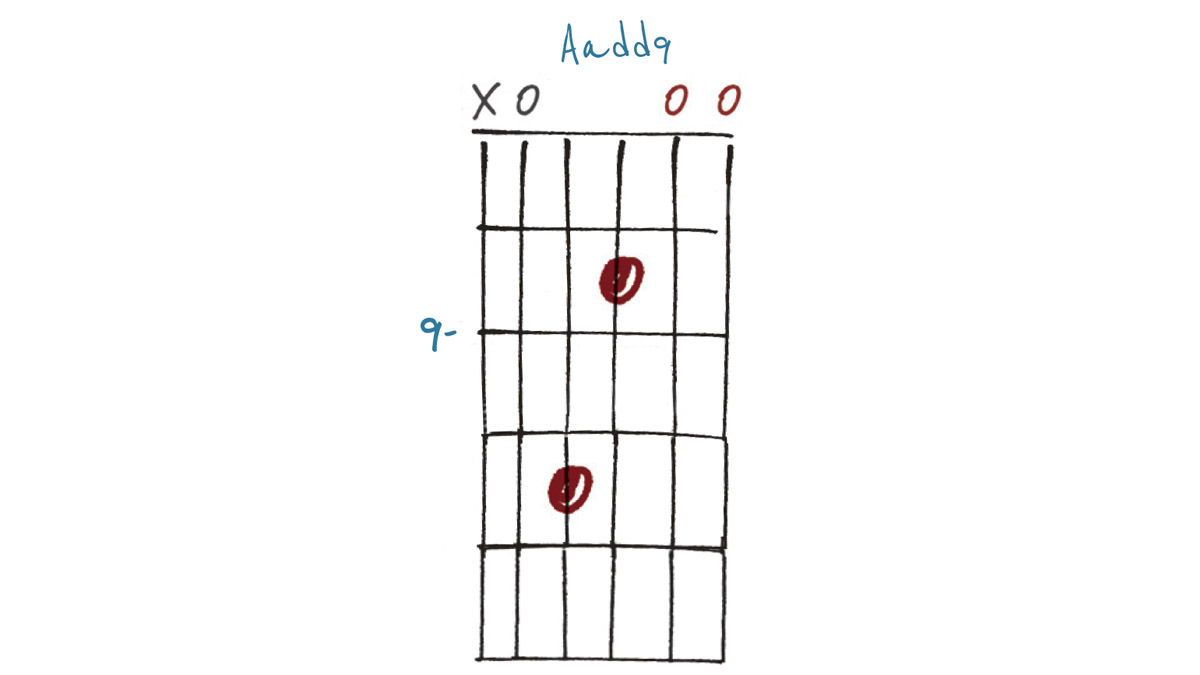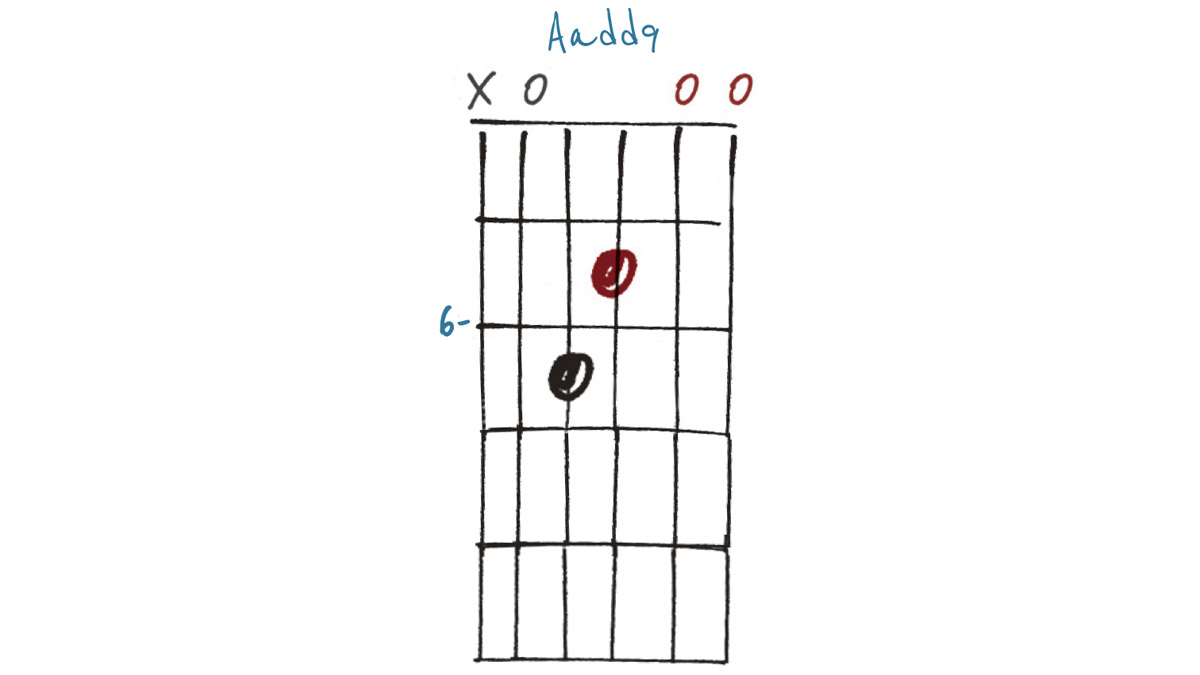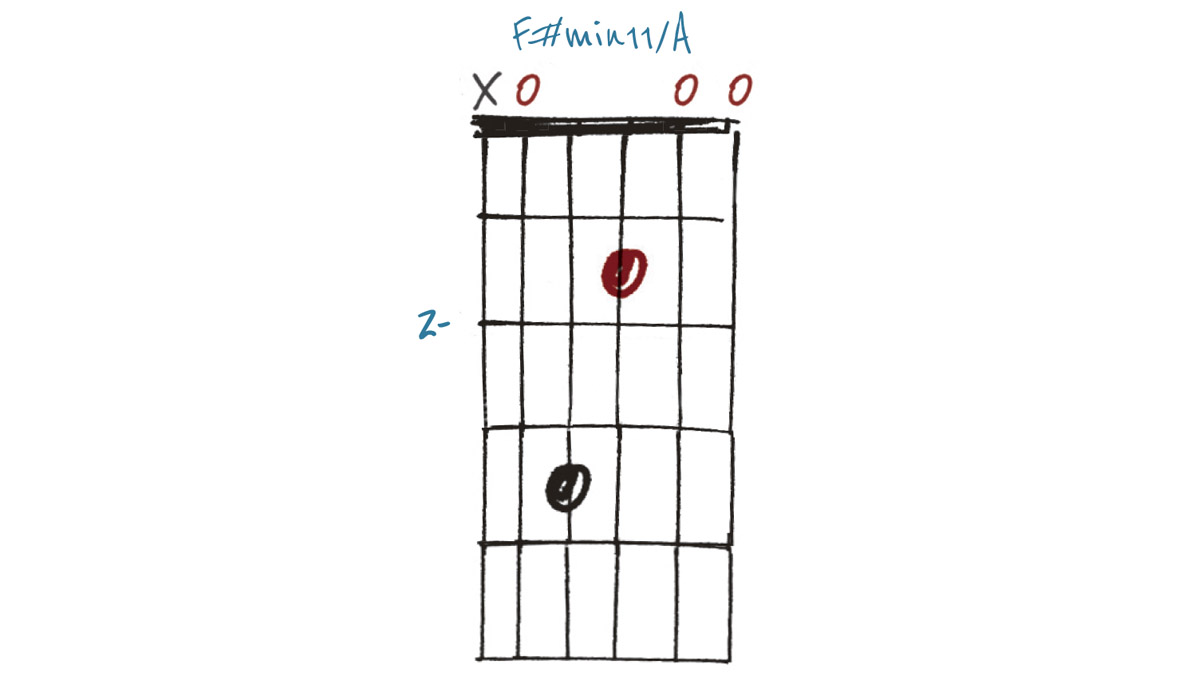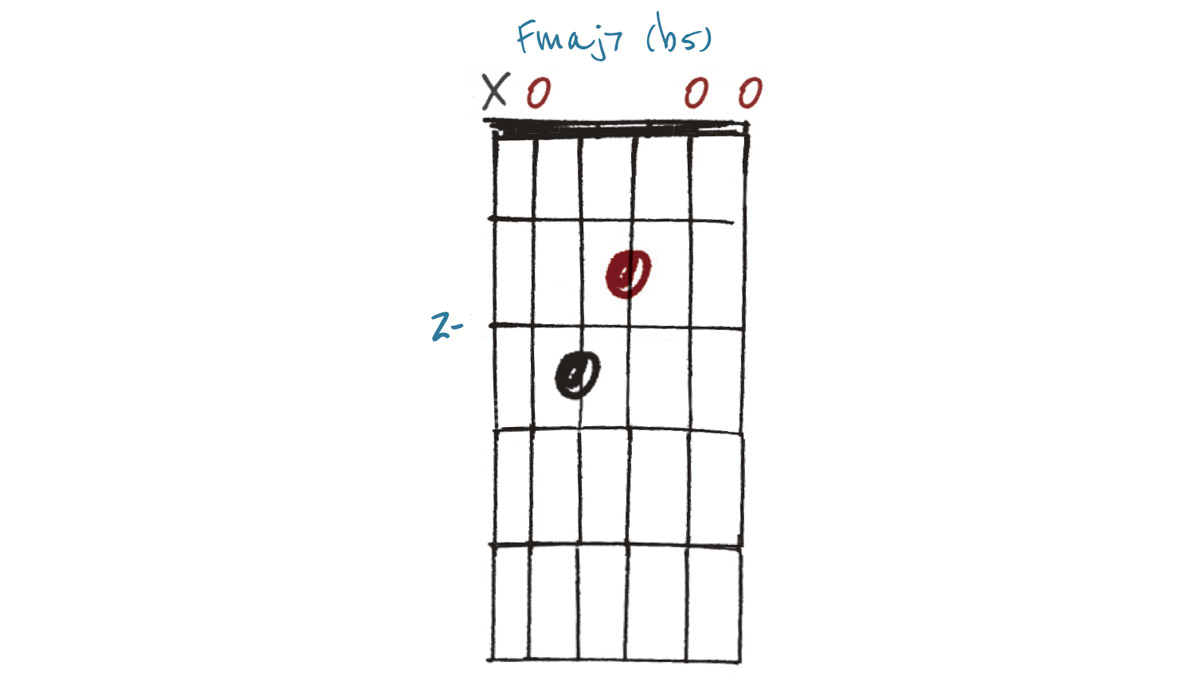5 easy ways to create complex sounds from simple chords
Using open strings to embellish your chord work can yield magical results

Originally a term derived from the low notes of an organ played with a pedal, the name ‘pedal tone’ is now more commonly used to describe a static bass note played under changing chords. In fact, I’m going a bit further than that here: my example chords feature static notes at the top, too.
These chords are really a series of descending intervals played in harmony on the third and fourth strings. Combined with the open fifth string (A) and the open first and second strings (B and E), the result is a shifting harmony, tied together with all those common notes.
A pattern like this could be arranged for other instruments but sounds unique on the guitar due to the differing tonalities of open and fretted strings, plus the occasional unison/duplicate notes (as in Example 3).
There are many other chords/voicings to be found in this key, or by using the open fourth or six strings as a pedal tone in the keys of D or E respectively. Hope you enjoy these and see you next time!
Example 1.

This Aadd9 has its root on the open fifth string, a major 3rd (C#) on the fourth, then the 5th (E) on the third string. This alone makes an A major chord, but adding the open second and first strings (B and E) gives us the added 9th and a duplicate 5th in that order.
Example 2.

Another voicing of Aadd9, this version shifts the fretted notes so that we now have a duplicate root (albeit an octave above) on the fourth string and the major 3rd (C#) on the third string. The root, add9 (B) and 5th (E) are provided by the open strings as before.
Example 3.

Moving the fretted notes again gives us this E/A chord. Let’s consider just the highest four notes (G#-B-B-E) for a second; this is an E major triad, with a duplicate 5th on the open second string. Add the open fifth string (A) and that’s where it becomes a slash chord.
Example 4.

This example is no harder to play than the others, despite the name making it sound that way – of several possible names, I’ve opted for F#min11/A. If we isolate the top notes again, we get (in ascending order) F# A B E. I consider the open E on top to be the 7th and the open B as the 11th. The F# and A count as the root and minor 3rd.
Example 5.

Another simple chord with a complex name. Again, I’m opting for the slash chord approach, rather than thinking of the open A as the root. This gives an Fmaj7 (b5). The b5 is the open second string, with the open E as the major 7th. The root and major 3rd (F and A) appear on the fourth and third strings.
Get The Pick Newsletter
All the latest guitar news, interviews, lessons, reviews, deals and more, direct to your inbox!
As well as a longtime contributor to Guitarist and Guitar Techniques, Richard is Tony Hadley’s longstanding guitarist, and has worked with everyone from Roger Daltrey to Ronan Keating.










![Joe Bonamassa [left] wears a deep blue suit and polka-dotted shirt and plays his green refin Strat; the late Irish blues legend Rory Gallagher [right] screams and inflicts some punishment on his heavily worn number one Stratocaster.](https://cdn.mos.cms.futurecdn.net/cw28h7UBcTVfTLs7p7eiLe.jpg)
